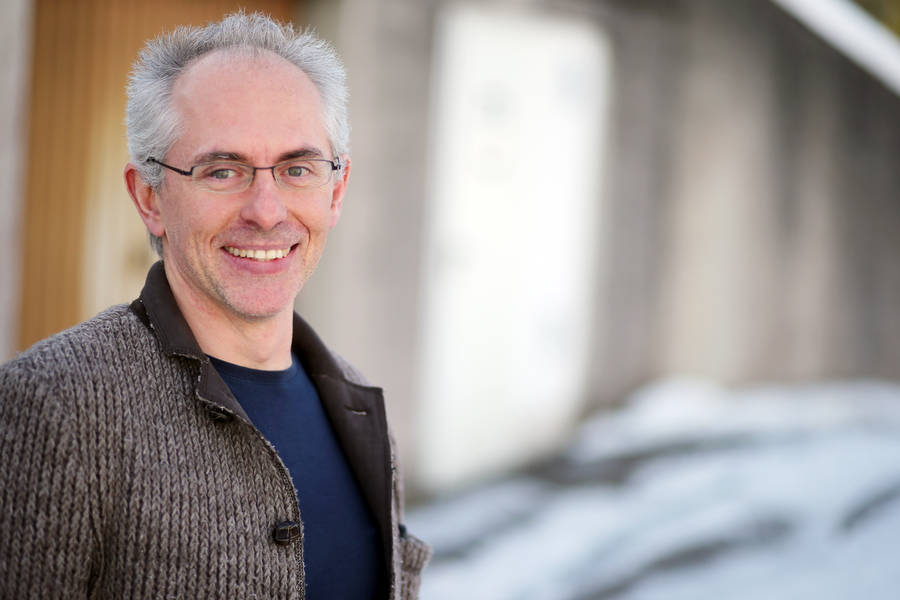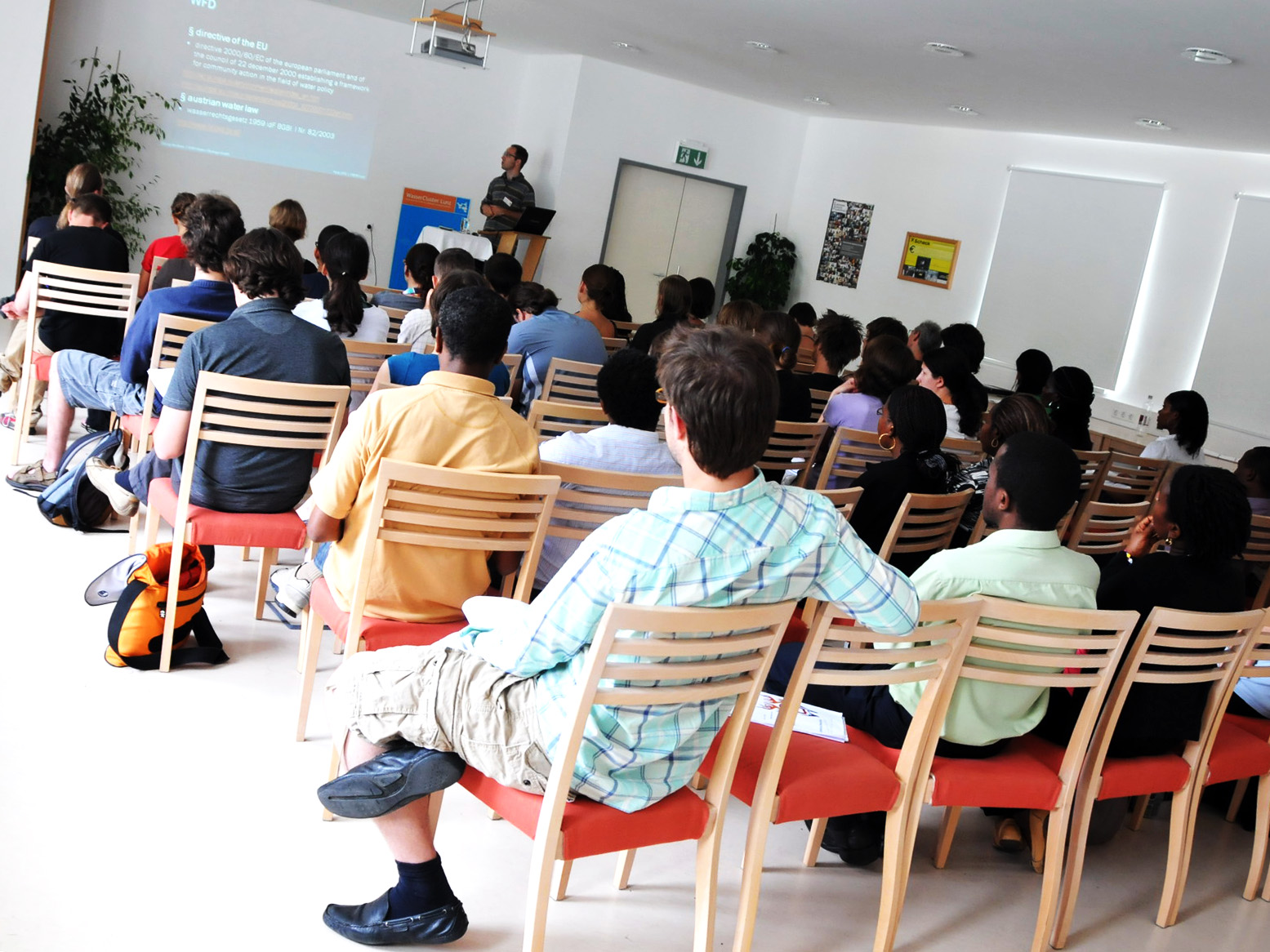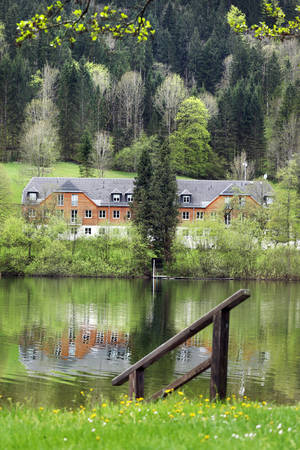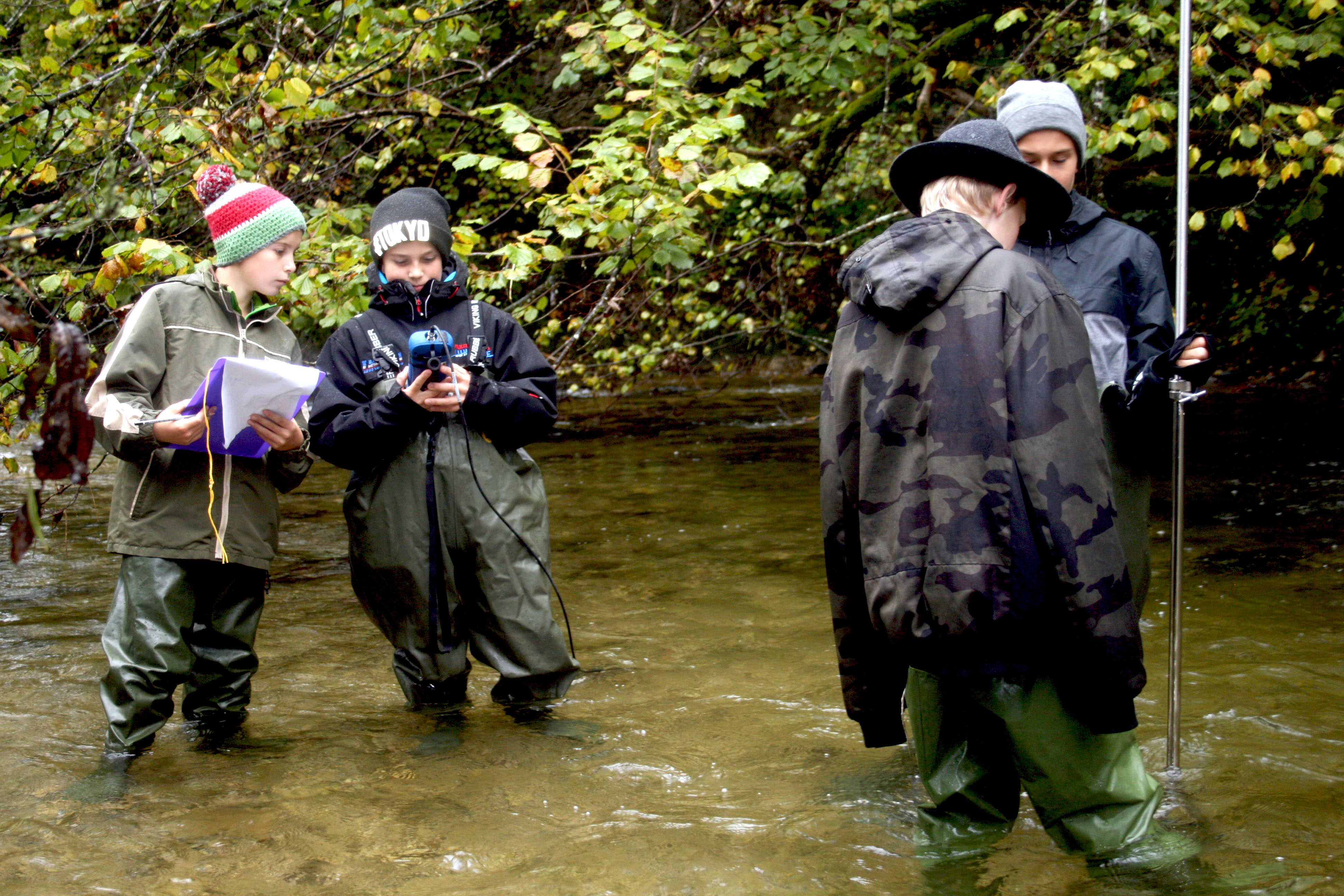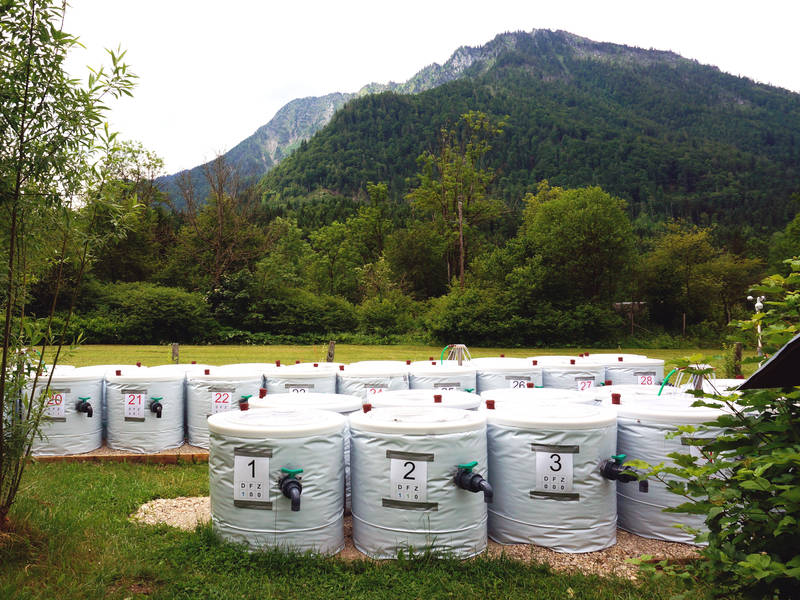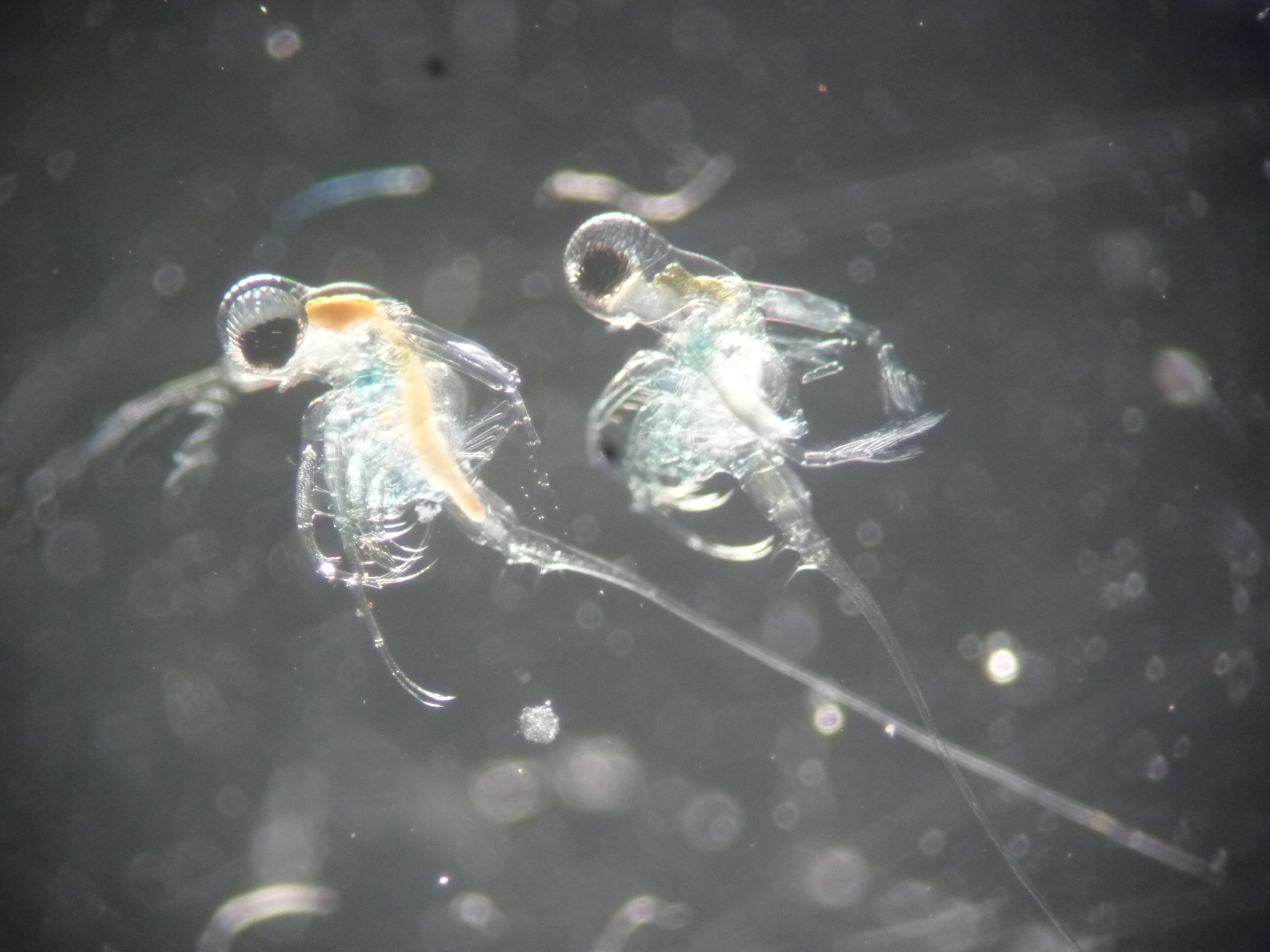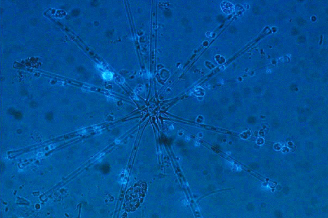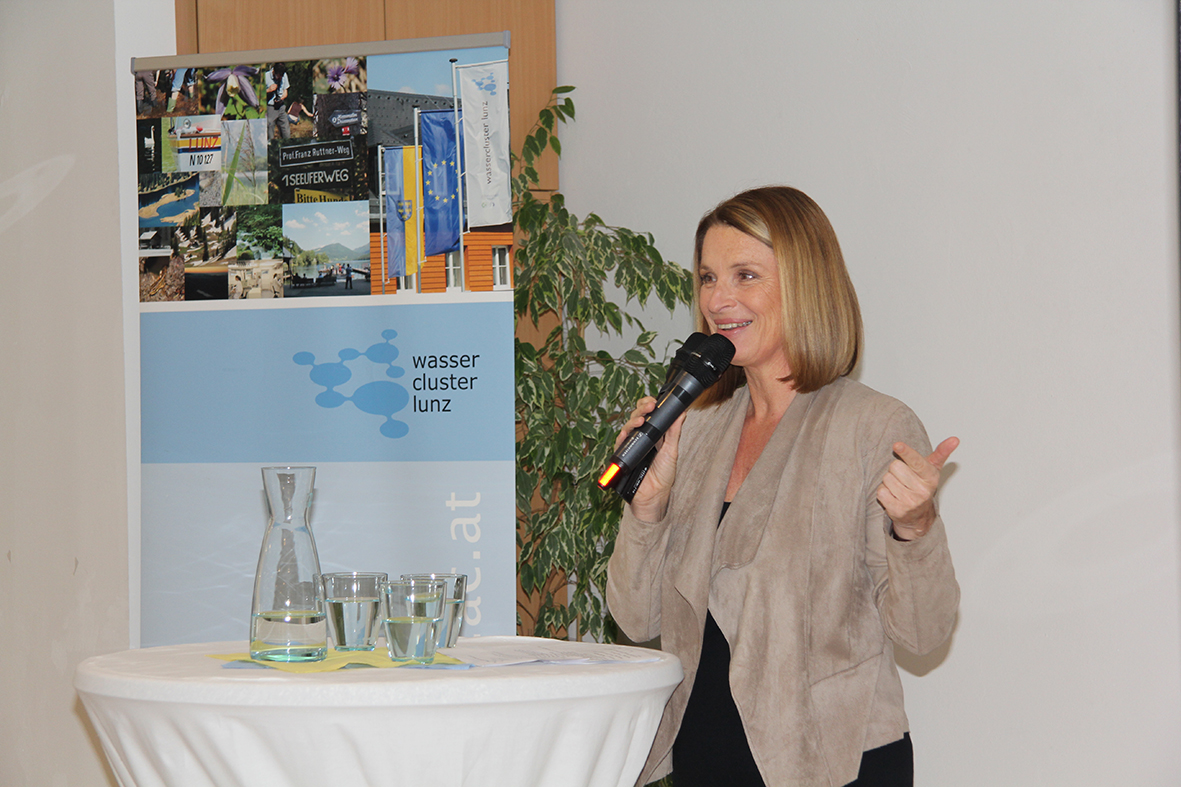from monday (26.3.2018) to friday (30.3.2018), from 8:55 to 9:00, there is the possibility to listen to the words from Thomas Hein about floating organism in water in the Ö1 broadcast „Vom Leben der Natur“.
Part 1: Depending on currents
Part 2: From micro to mega
Part 3: Variform in shape and color
Part 4: Eat or be eaten?
Part 5: The river as a habitat
More information: http://oe1.orf.at/vomlebendernatur
You want to know more about Wildnisgebiet and the Lunzer Lake?
On Thursday (15.3.2018) you have the possibility to meet two experts:
Reinhard Pekny:
Von der Eiszeit bis zum Wildnisgebiet - Vom Wert des „Ungenutzten“
and
Hannes Hager:
Der Lunzer See im Wandel der Zeit
When: Thursday, 15.03.2018 at 18:00
Where: at the WasserCluster Lunz – seminar room (Dr. Carl Kupelwieser Promenade 5)
Panta rhei, all flows. This is not only valid for river systems or philosophy.
Also at the WasserCluster Lunz are many things in flow.
We appreciate to announce that we start a new Working Group this year and
invite scientists to apply for it. More information you find here.
Do stream regulations affect water and sediment quality? Which differences between regulated and natural streams are measurable in the chemical composition?
These and more questions were part of the project “Wasser schafft”. A CitizenScience project of the WasserCluster Lunz. This project was developed specifically for the participation of school groups and the winners were awarded on 21 November. At this point we want to congratulate the NMS Lunz and the Lernort Säusenstein to the shared first place.
The importance of many species has been underestimated. Biodiversity is more important for functioning ecosystems than expected. This is the central result of a recent study by the Technical University of Munich, which was created with the participation of Robert Ptacnik from the WasserCluster Lunz.
Therefore, it makes no sense to protect only individual species for securing individual ecosystem functions. "The influence of individual species only becomes apparent as soon as one examines diverse processes in the ecosystem," says Robert Ptacnik.
The study can be found in the journal "Nature Ecology and Evolution".
In September the new FWF project “BYTHOALPS – Is Bythotrephes not invasive at home due to prey adaption?” started. Project leader is Radka Ptacnikova, it is a project of the working group AQUASCALE and will last until 2020.
More information about the project you find here.
In October the new FWF project “FUNGUP – Role of phytoplankton fungal parasites in trophic transfer and food web functioning” started. Project leader is Serena Rasconi, it is a project of the working group AQUASCALE and LIPTOX and will last until 2021. The picture shows the diatom Asterionella parasitized by chytrids (stained blue under the UV light, Lake Lunz July 2017).
More information about the project you find here.
Since ten years there is research on aquatic ecosystems at the WasserCluster Lunz. On Friday, 6th October 2017, we were celebrating this 10th Anniversary together with prominent guests from science and politics.
In the afternoon we opened our door for interested visitors. On guided tours through the house, boat tours to our measuring island on the lake, lectures and infopoints the guest had the possibility to learn more about the research at the WasserCluster Lunz. Special treat was the WasserCluster beer "Für helle Köpfe" which was brewed from water from the Lake Lunz.
Fotos from the event you find here.




